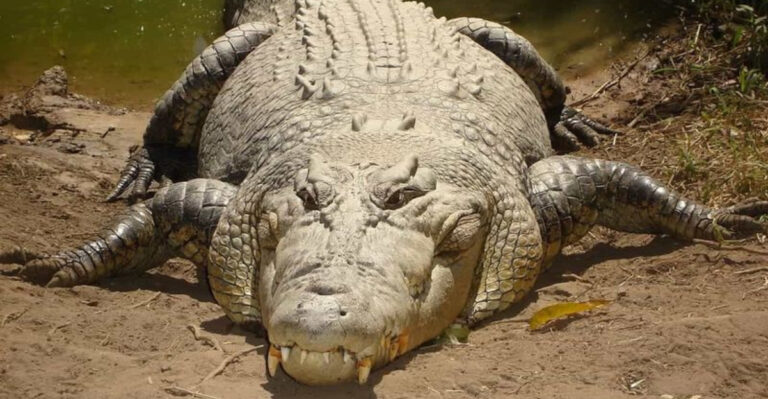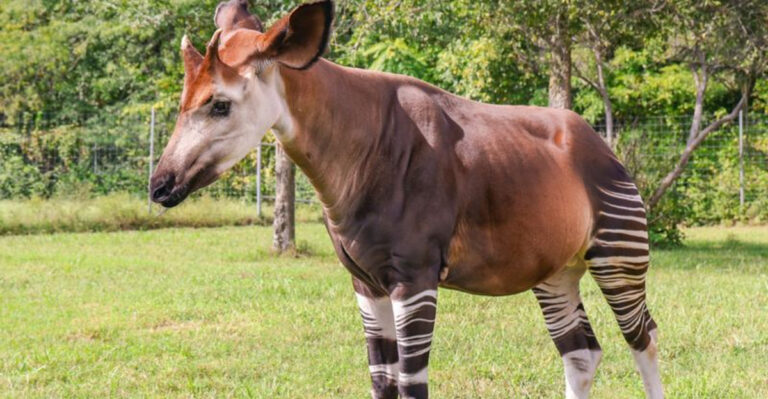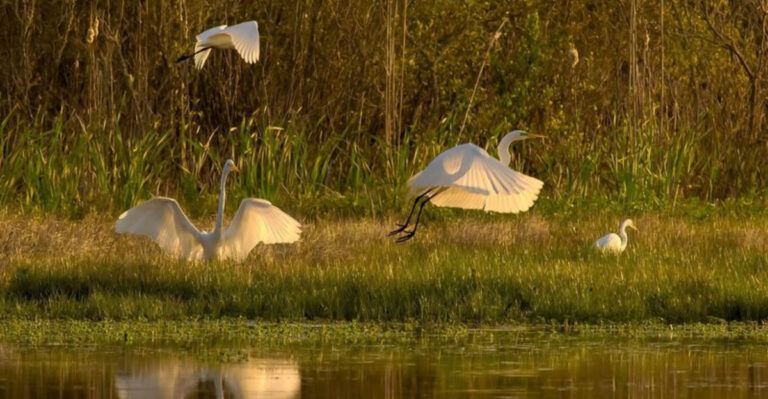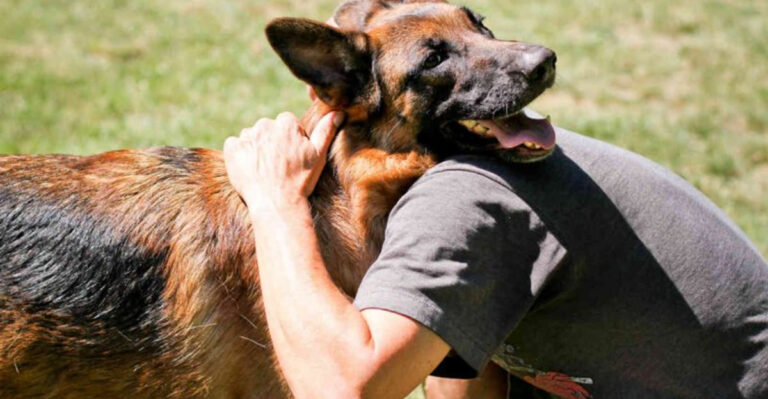What To Do When You Spot A Baby Bird Outside Its Nest
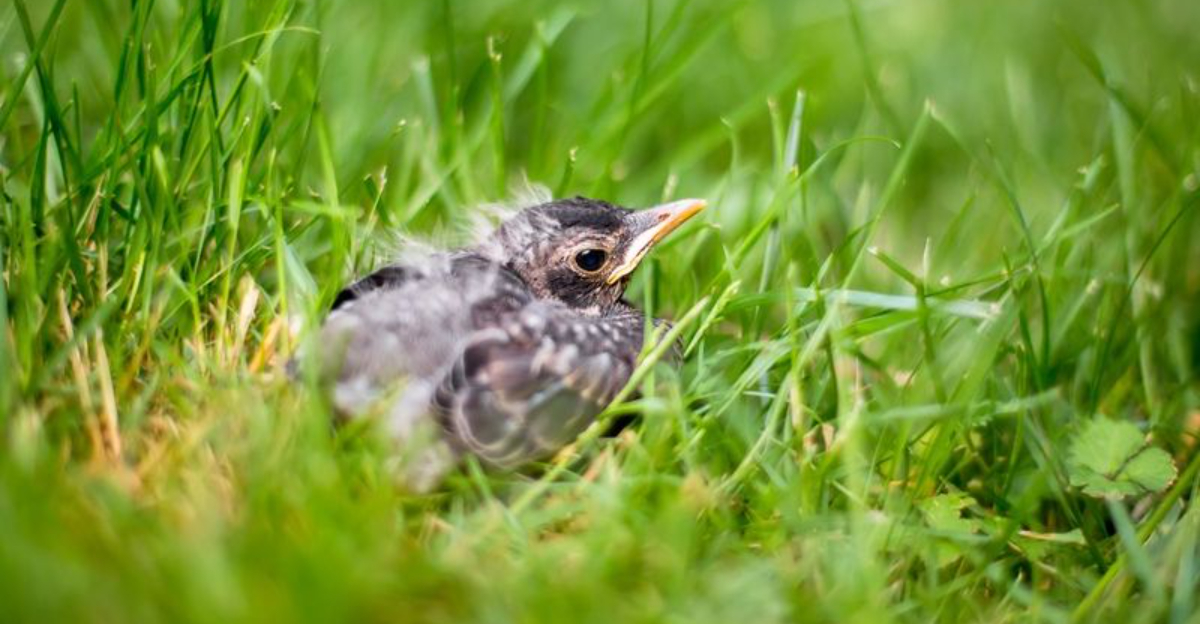
Finding a tiny feathered friend on the ground can tug at your heartstrings and trigger your rescue instincts.
Not every baby bird needs saving, though! Many fledglings spend time on the ground as part of their normal development. Knowing when to help and how to do it properly can make all the difference between being a hero or accidentally causing harm.
1. Assess If It’s A Nestling Or Fledgling
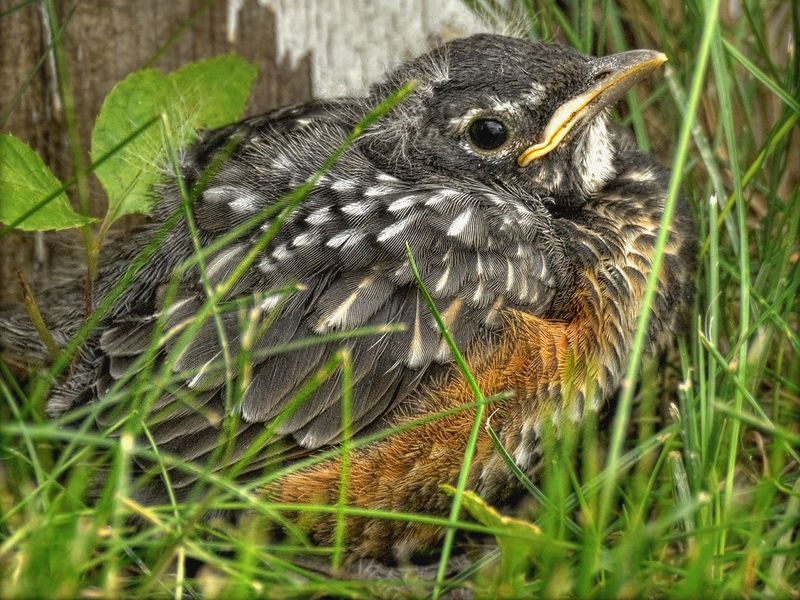
Look closely at the little bird’s features. Nestlings (under 2 weeks old) have few feathers, closed or barely open eyes, and need immediate help. Fledglings have most of their feathers, open eyes, and can hop around.
This distinction matters because fledglings are meant to leave the nest and spend days on the ground while learning to fly under parent supervision.
2. Look For Parents Nearby
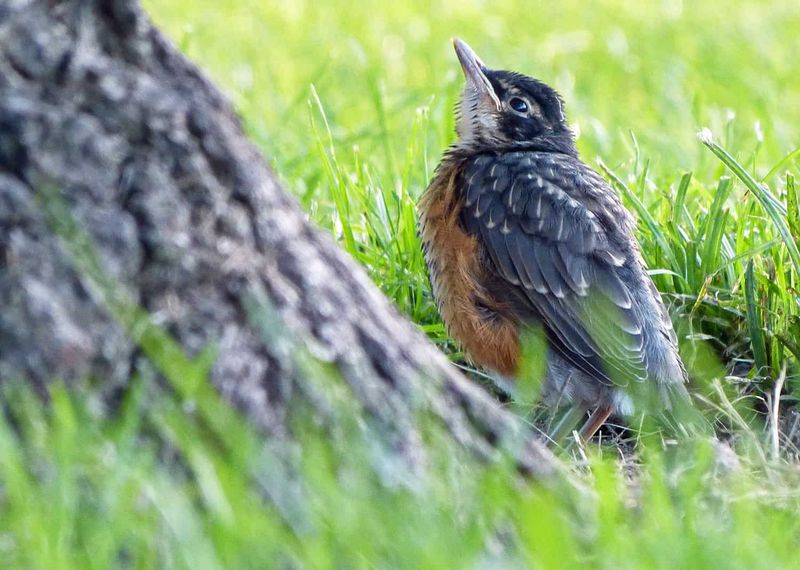
Stand back about 50 feet and watch for 30-60 minutes. Parent birds visit their grounded babies frequently but won’t approach if they spot you hovering nearby.
They’re incredibly attentive but understandably cautious. Many people mistakenly “rescue” baby birds whose parents were simply waiting for the human to leave before returning with food.
3. Return Nestlings To Their Nest
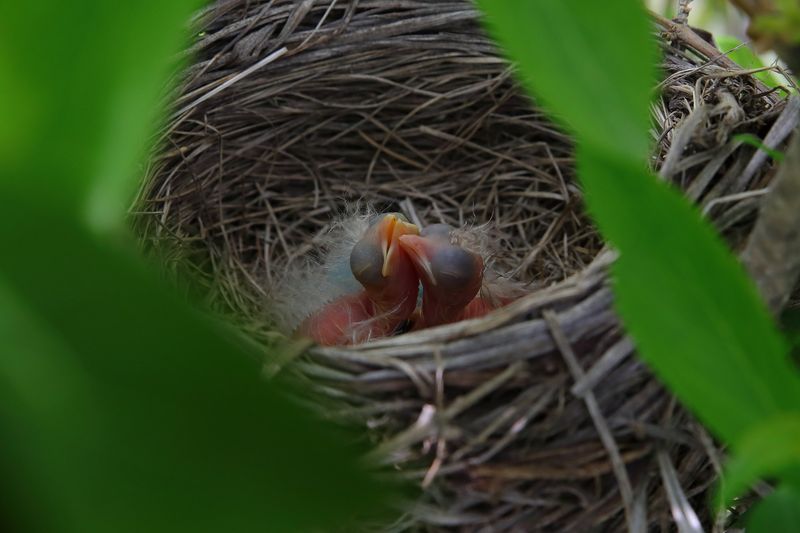
Contrary to popular belief, birds can’t smell your touch on their babies. If you find a featherless or partially feathered nestling that fell out, gently place it back in its nest if you can locate it.
Use clean hands or gloves and be extremely gentle. The parents will continue caring for it as if nothing happened.
4. Create A Substitute Nest If Needed
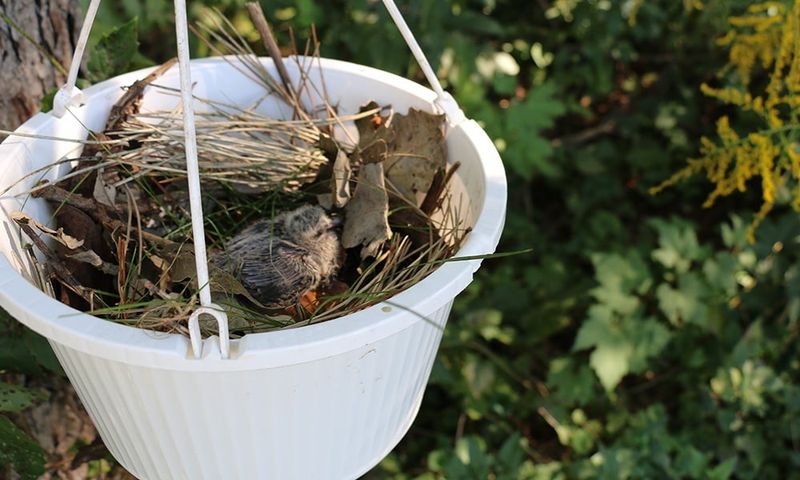
Can’t find the original nest? Fashion a makeshift one using a small wicker basket or plastic container with drainage holes. Line it with dry grass, pine needles, or similar natural materials.
Secure it as close as possible to where you found the baby, preferably in a sheltered spot in the same tree. Parent birds will find their baby by its calls.
5. Keep Pets And Children Away
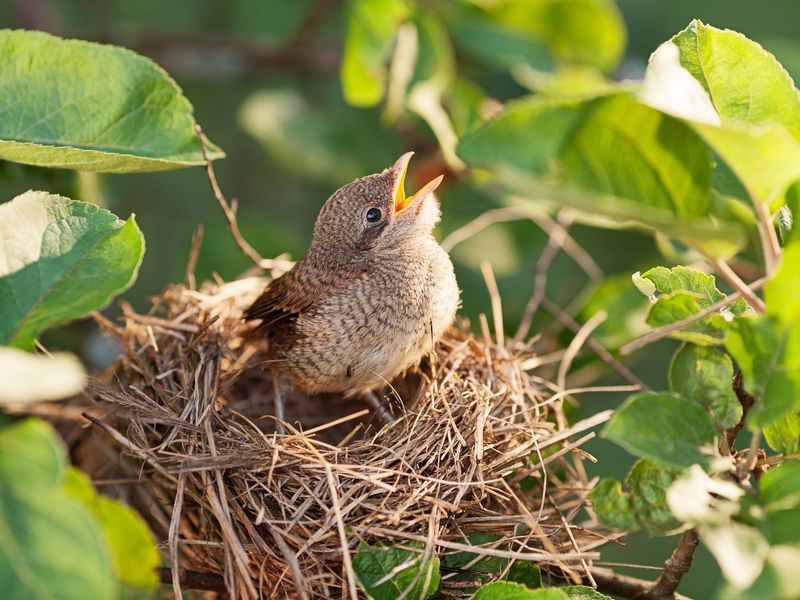
Even if a fledgling seems fine on the ground, it’s vulnerable to curious pets. Keep cats indoors and dogs leashed when near the bird until it moves on.
Explain to children why the baby bird needs space. This doubles as a perfect teaching moment about wildlife and compassion while ensuring the bird stays safe from well-meaning but potentially harmful handling.
6. Provide Shelter Without Confinement
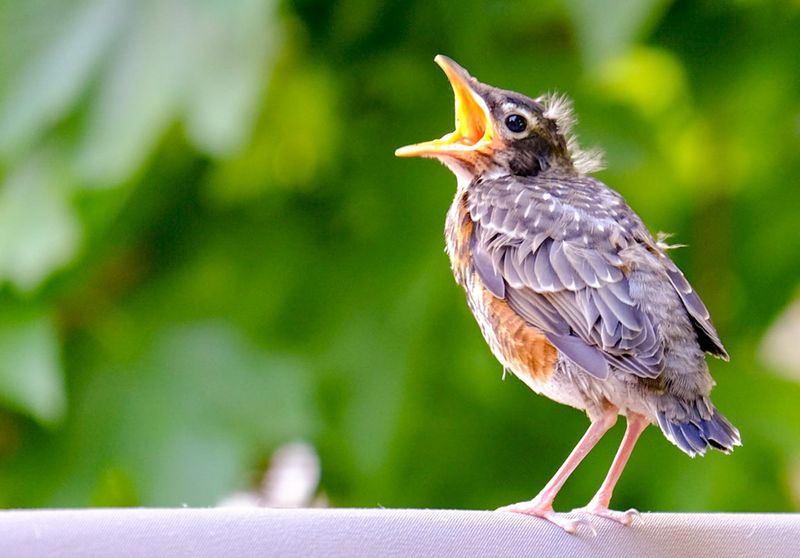
Found a fledgling in a dangerous spot like a busy sidewalk? Gently move it under a nearby bush or low branch within 10-15 feet of where you found it.
This offers protection from predators and weather while keeping it in its parents’ territory. Don’t place it in a box or take it inside – it needs its parents to survive.
7. Never Offer Water Directly
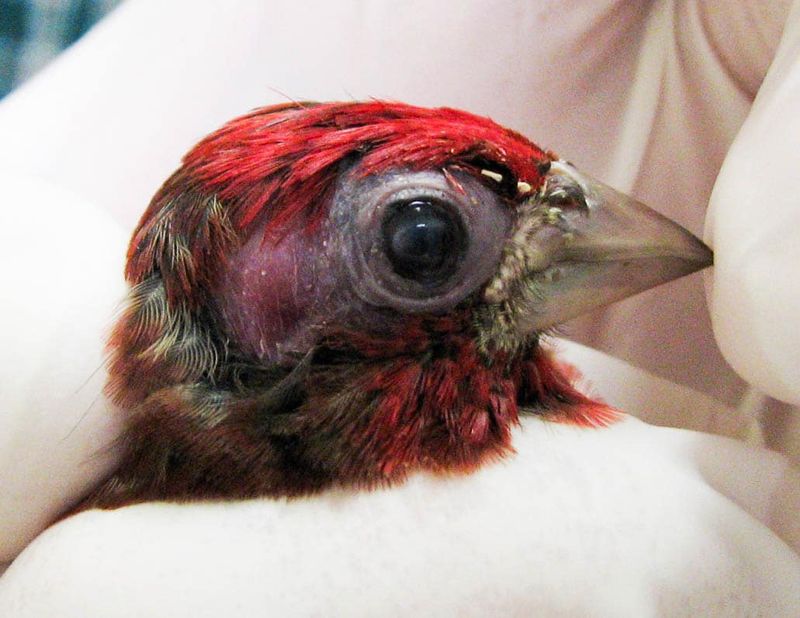
Baby birds can easily drown with even tiny amounts of water. Their drinking reflexes aren’t fully developed, and water can quickly fill their breathing passages.
If you’re concerned about dehydration while waiting for help, place a shallow container of water nearby for the parents to access. They know how to properly feed and hydrate their young.
8. Avoid Feeding Attempts
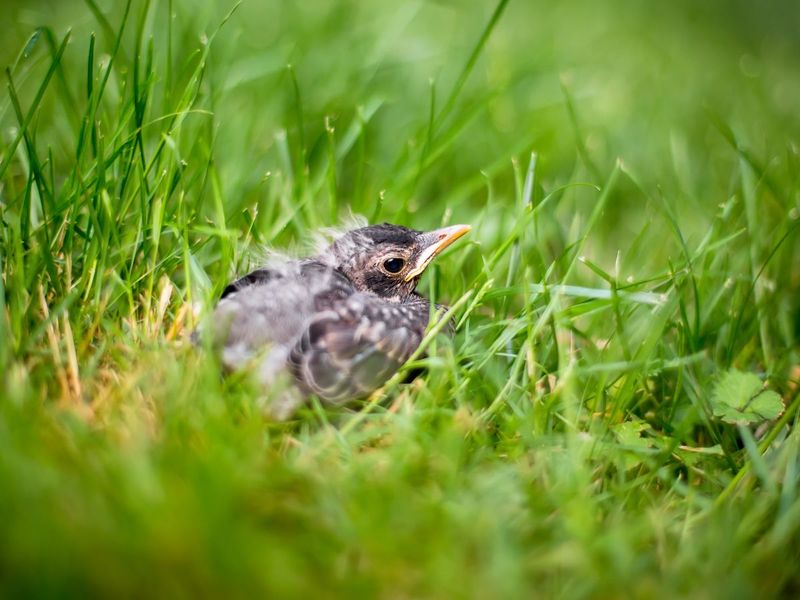
Resist the urge to feed a baby bird yourself. Each species has specific nutritional needs that human food can’t meet. Even bread and milk can cause serious digestive issues or malnutrition.
Baby birds need specialized diets delivered in precise ways. Improper feeding can lead to aspiration, choking, or intestinal damage that well-meaning rescuers never intended.
9. Check For Injuries Carefully
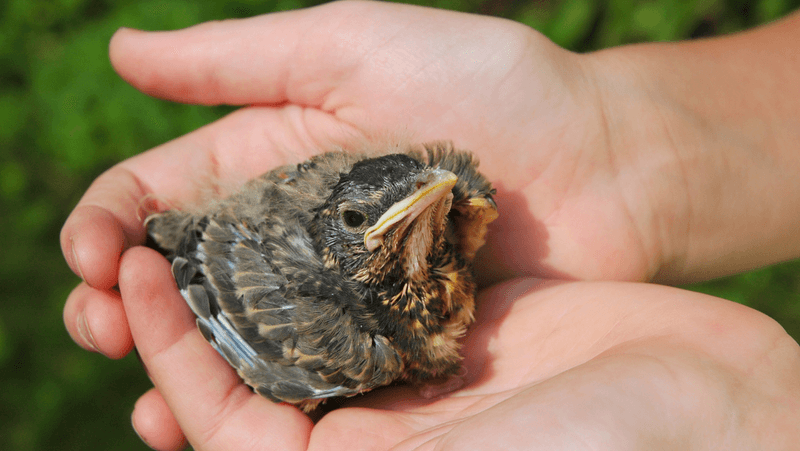
Examine the bird without handling it too much. Look for obvious wounds, drooping wings, bleeding, or inability to grip with its feet. Healthy fledglings can hop and flutter, though they can’t fly well yet.
If you spot injuries, note them down to report to a wildlife rehabilitator. This information helps them prepare proper treatment before you arrive.
10. Contact A Wildlife Rehabilitator
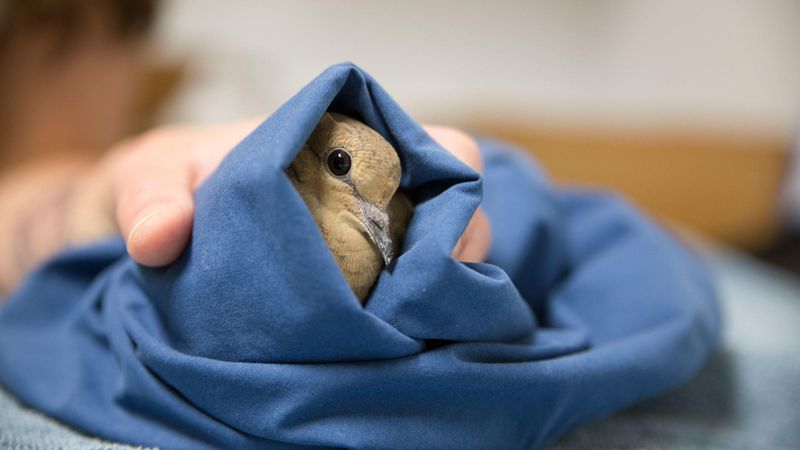
If the bird is injured or truly orphaned, call your local wildlife rehabilitation center immediately. Most states have licensed professionals who specialize in bird care.
Don’t delay this call – baby birds need specialized care quickly to survive. Rehabilitators can provide instructions for temporary care until you can transport the bird to their facility.
11. Transport Safely If Necessary
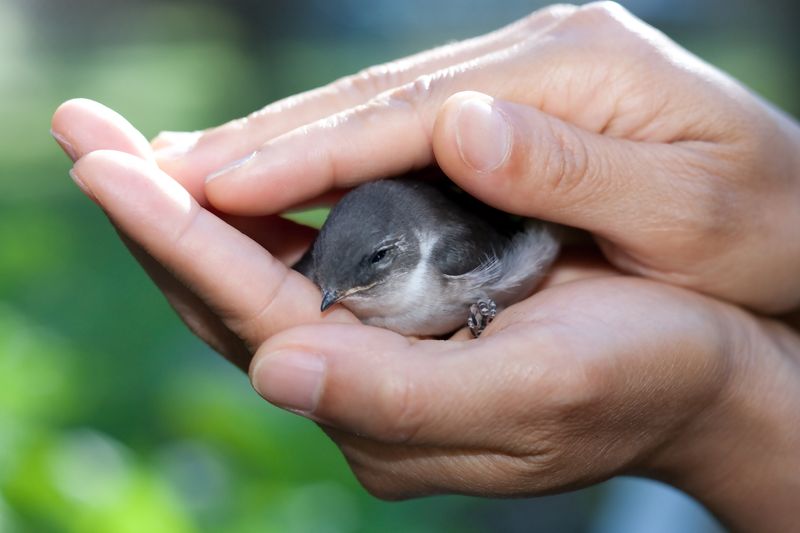
If a rehabilitator asks you to bring in the bird, prepare a small box with air holes and a soft cloth lining. Never use a wire cage as frightened birds can damage their feathers or beaks.
Keep the box warm (not hot) and quiet during transport. Avoid checking on the bird repeatedly – each opening stresses it further and lets heat escape.
12. Protect From Neighborhood Threats
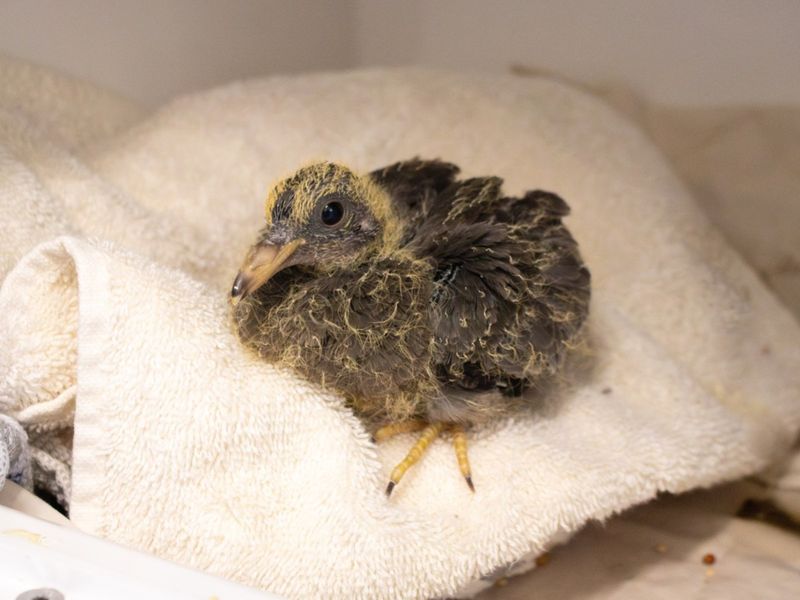
Spotted a grounded fledgling in an area with free-roaming cats? Create a temporary barrier using chicken wire or a laundry basket with rocks on top (leaving enough space for parents to enter).
This protective zone gives the bird time to develop while keeping predators at bay. Remember to remove it once the bird has moved on or gained flight skills.
13. Watch For Sibling Birds
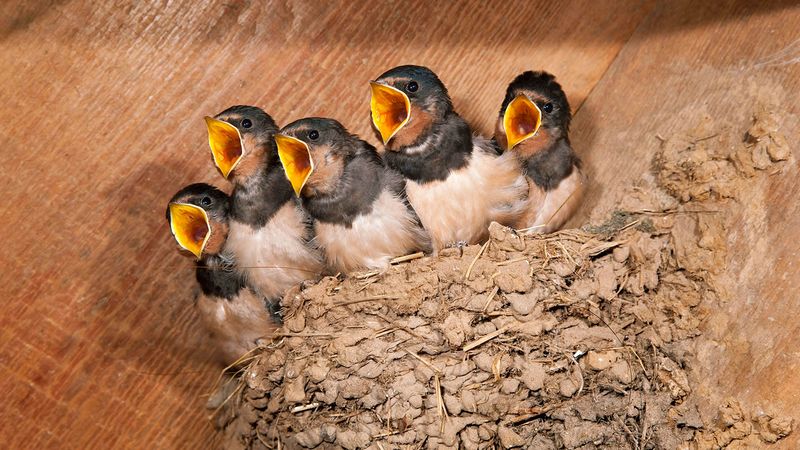
Where there’s one baby bird, others might be nearby! Scan the area carefully for siblings who might also need assistance. Birds often have multiple youngsters from the same clutch.
If you find more than one, keep them together if possible. Siblings provide comfort to each other, and parents can care for them more efficiently when they’re in the same location.
14. Know When To Step Back
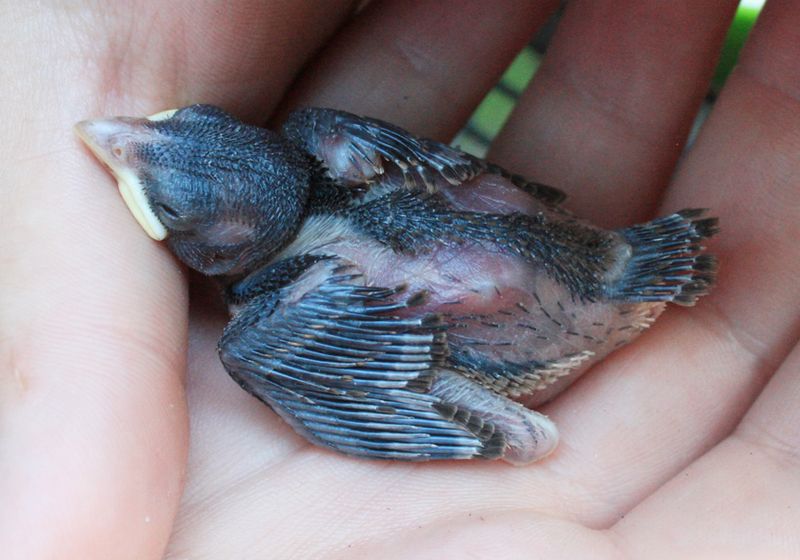
The hardest part of helping wildlife? Sometimes the best action is minimal action. Healthy fledglings with attentive parents need space to develop naturally on the ground for 1-2 weeks.
This crucial learning period teaches flight, foraging, and survival skills. Your well-intended intervention might interrupt this essential development phase, potentially reducing their chances of thriving as adults.

